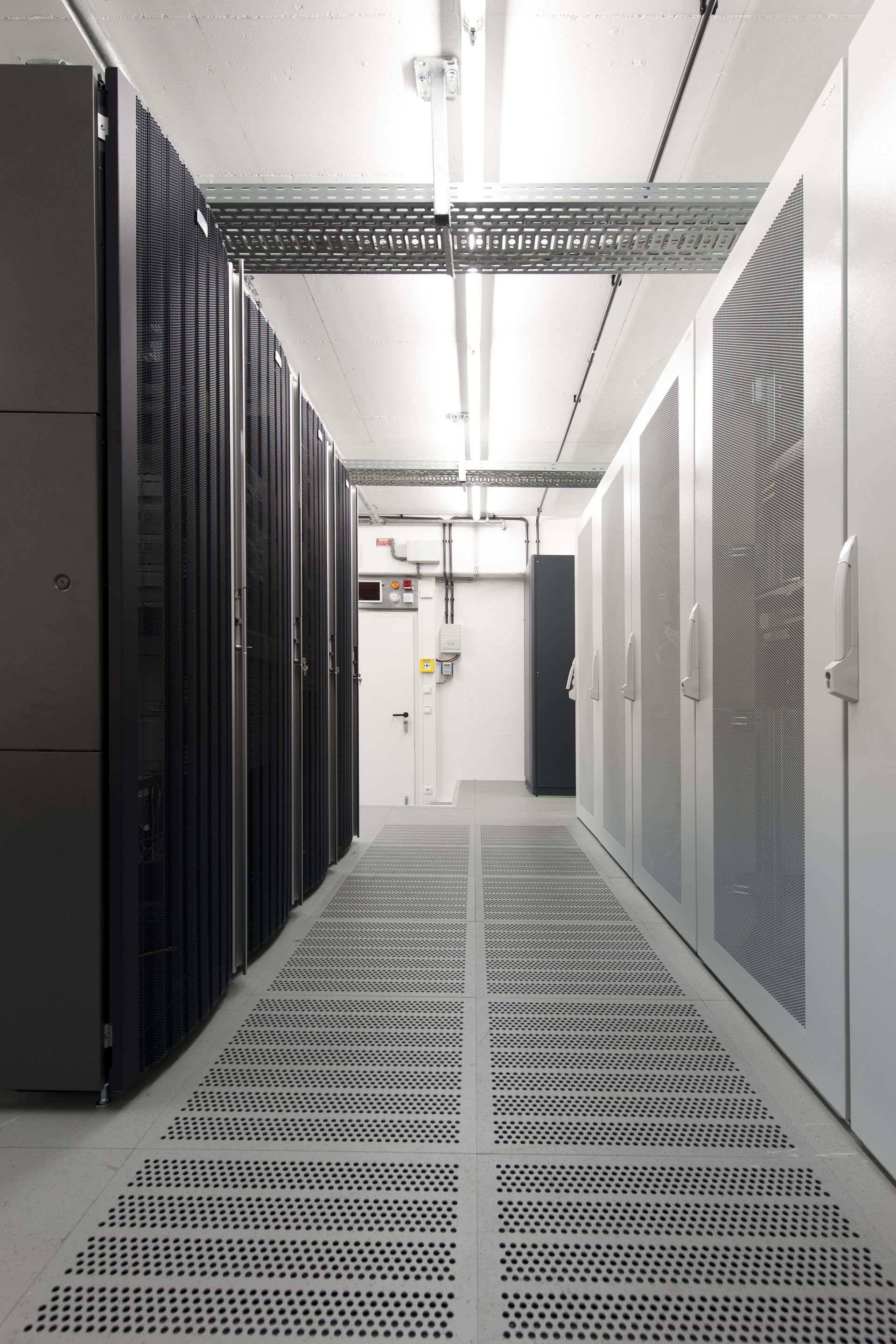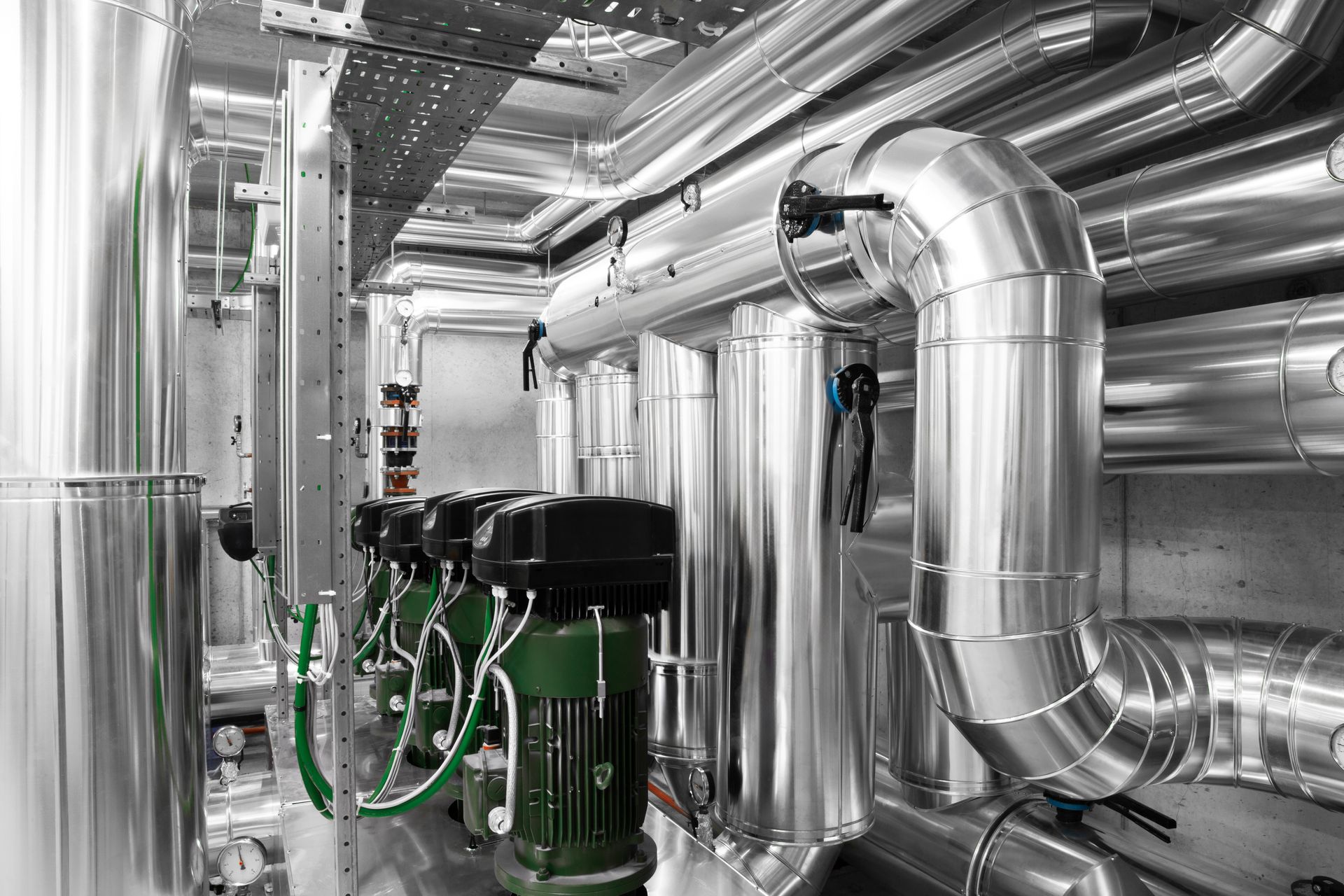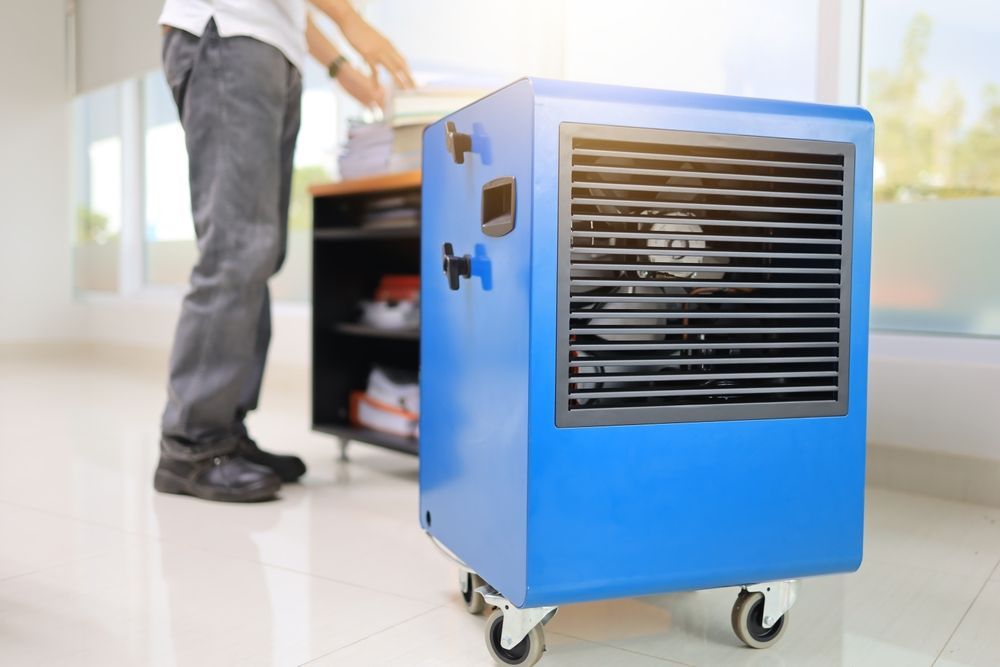What Is a Hydronic HVAC System?
Hydronic
HVAC systems use water to transfer heating or cooling throughout a commercial space, offering energy-efficient comfort and consistent temperature control. They are common in larger buildings where reliable, quiet operation is a priority.
What is a Hydronic HVAC System?
This type of setup uses water or a water-glycol solution to transfer thermal energy throughout a building. Instead of pushing air through ductwork, it circulates water through a closed-loop network of pipes. These connect to terminal units like fan coils, radiators, or in-floor tubing that deliver heating or cooling where needed. Because water holds and moves heat more efficiently than air, these systems provide quiet operation and steady temperature control. They're a popular choice in commercial facilities that prioritize performance and long-term value.
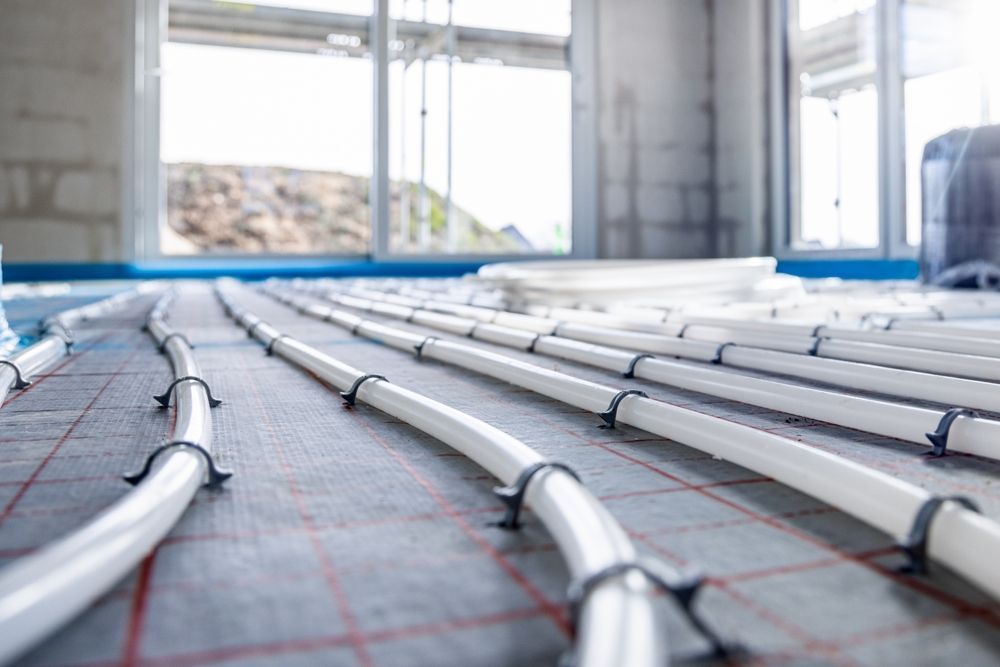
Types of Hydronic HVAC Systems
Hydronic HVAC comes in several configurations, each suited to different building layouts and performance needs. These setups include radiant floor heating, chilled water systems, and more, providing flexible solutions for commercial comfort.
Hydronic Radiant Floor Heating
This system circulates heated water through tubing embedded beneath the floor surface. The warmth rises evenly, creating a consistent and comfortable indoor environment without noisy fans or ductwork. It's especially useful in spaces like offices, lobbies, or multi-use commercial buildings where quiet, low-maintenance heat is preferred. Radiant floor systems also improve indoor air quality since they don’t blow dust or allergens around, and they help reduce energy costs due to their efficient heat distribution and lower operating temperatures.
Radiators
Radiators are one of the most traditional forms of hydronic heating. They work by transferring heat from hot water or steam into the surrounding air through metal fins or panels. In commercial buildings, modern radiator systems are often redesigned to be more compact and efficient, making them easy to integrate into existing layouts. Radiators deliver steady, localized heating and can be individually controlled in different zones, which adds flexibility and helps reduce energy waste in underused areas.
Fan Coil Units
Fan coil units (FCUs) use a heat exchanger and a fan to control air temperature in individual rooms or zones. Water flows through coils inside the unit, and the fan distributes either warm or cool air into the space. FCUs are common in hotels, offices, and large multi-tenant buildings due to their zoned control and compatibility with both heating and cooling. They’re also easy to maintain and can be configured for vertical or horizontal installation, depending on ceiling or wall space.
Hydronic Baseboard Heating
Baseboard systems use heated water to warm a space through long, low-profile units installed along the base of walls. Baseboard heaters rely on natural convection, where heat rises from the unit and circulates throughout the room. They’re quiet, unobtrusive, and ideal for retrofits or spaces where ductwork isn't practical. In commercial settings, baseboard heating is often used in offices, hallways, or perimeter zones that benefit from supplemental or zoned heating, especially during colder months when consistent indoor conditions are important.
Chilled Water Systems
Chilled water systems use cold water circulated through coils or air handlers to provide cooling in large buildings. They’re a standard solution in commercial and institutional facilities like hospitals, schools, and government buildings. This approach offers high efficiency and central control, which makes it ideal for spaces with heavy cooling loads. When paired with air handlers or fan coils, chilled water systems can deliver consistent, large-scale cooling while reducing energy use and extending equipment life.
Heat Pumps
Hydronic heat pumps use electricity to move heat rather than generate it, providing both heating and cooling through water-based distribution. They extract heat from air, water, or the ground and transfer it into the hydronic system. In commercial buildings, heat pumps are an attractive option because they support energy efficiency goals and can be paired with renewable sources. Such systems are especially useful in facilities aiming to reduce carbon output while maintaining reliable, year-round climate control.
Benefits of Hydronic HVAC Systems
Hydronic HVAC remains popular in commercial environments because it balances performance, comfort, and efficiency. Hydronic designs are well-suited for buildings that require quiet operation, zone control, and long-term reliability. They also support sustainability goals and can integrate with renewable energy sources.
Key benefits include:
- Quiet operation and reduced airborne dust and allergens
- Compatibility with modern building management systems
- Energy-efficient heat transfer using water
- Zoned temperature control for better comfort
- Lower long-term maintenance needs
- Flexible design for large or complex floor plans
The Similarities between Hydronic HVAC Systems and VRF
While hydronic setups and VRF (Variable Refrigerant Flow) systems use different mediums such as water and refrigerant, they share several characteristics that make them well-suited for commercial use. Both systems are efficient, flexible, and built for zoned control in a variety of building types, including offices, schools, healthcare facilities, and mixed-use properties.
Shared features include:
- Zoned temperature control for customized comfort
- Energy-efficient operation and lower utility costs
- Scalable design for large or multi-use buildings
- Compatibility with modern building automation systems
- Quiet performance suited for occupied spaces
Installation and Cost Considerations
Installing a water-based HVAC system requires skilled labor and detailed planning, particularly in retrofit projects. The process involves laying out a network of piping, integrating terminal units, and configuring controls to meet the building’s specific needs. It’s important to work with a contractor experienced in commercial hydronic systems to avoid design or installation issues that could impact performance.
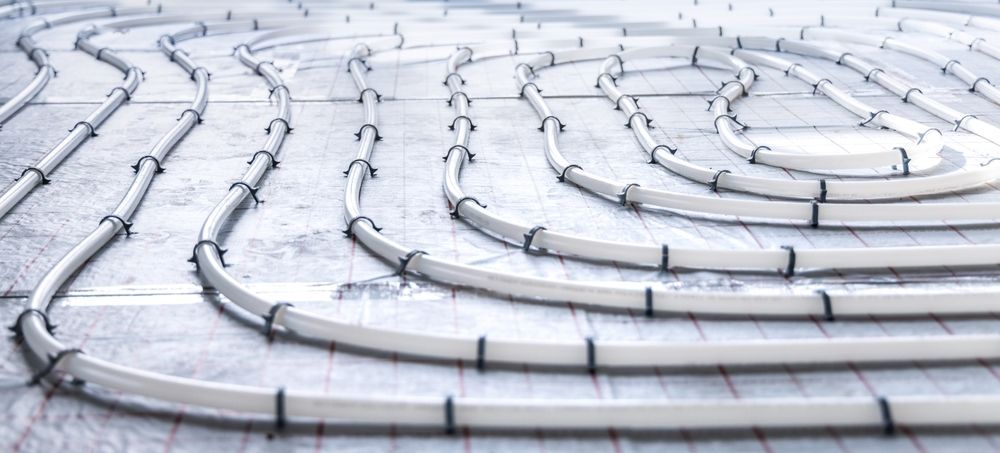
Costs vary depending on system type, building size, and how easily the system integrates into existing infrastructure. While upfront costs are typically higher than forced-air systems, long-term energy savings and reduced maintenance often make up the difference. Hydronic systems also offer flexibility in zoning and control, adding measurable value over time.
Ready to Upgrade Your HVAC System?
If your current HVAC system struggles to keep up with comfort demands or operating costs are rising, it may be time to consider a hydronic upgrade. At 1 Source Mechanical, we work closely with commercial property managers, facility directors, and contractors to design and install efficient, long-lasting solutions. Our team manages every stage of the project and focuses on performance, reliability, and long-term value.
If you're planning a retrofit, expansion, or new construction project,
reach out to schedule an appointment or request a quote.

